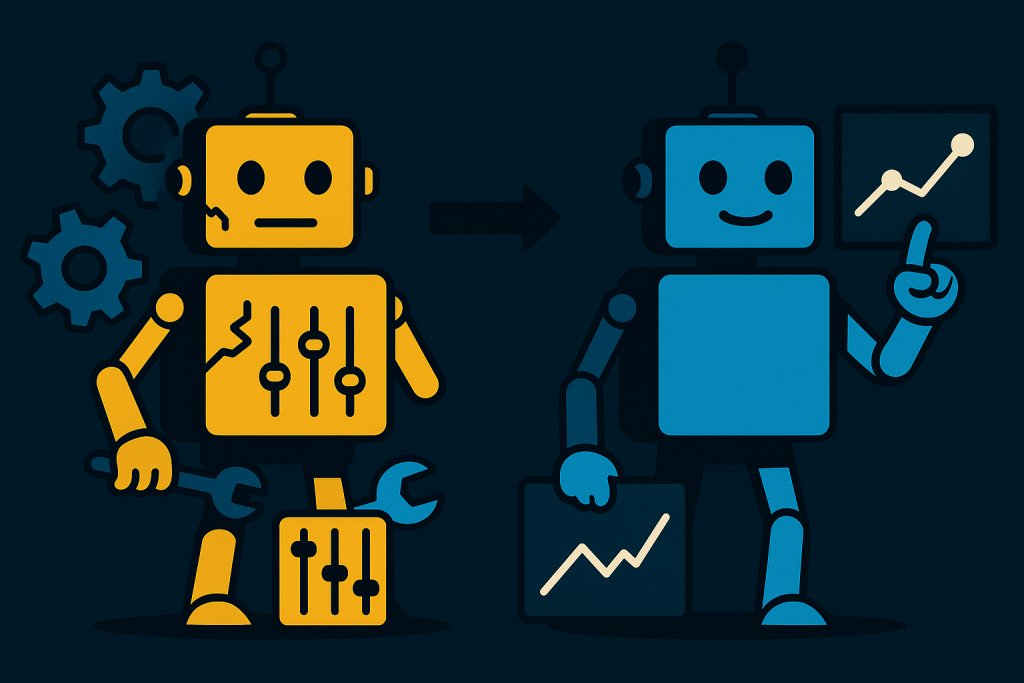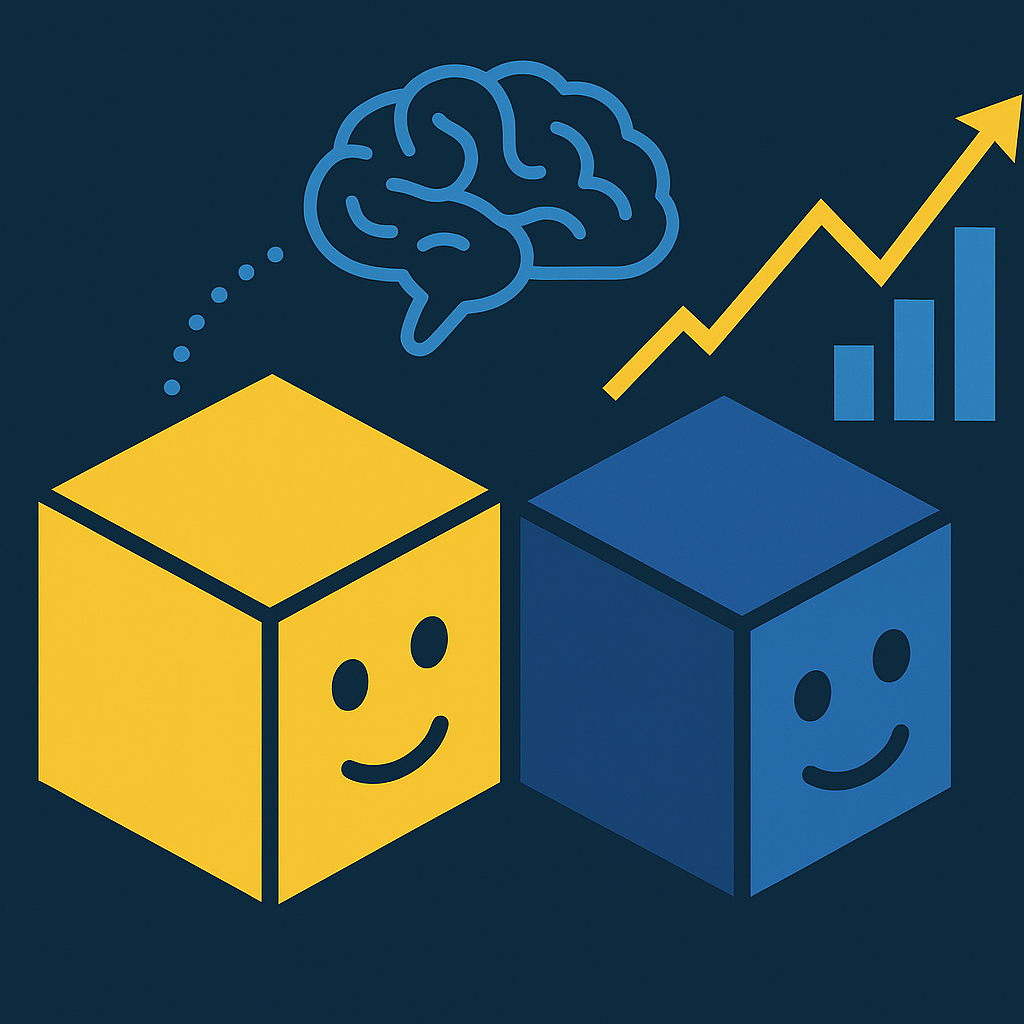
Optimizing a trading robot can be addictive. You change one parameter, and the result improves. You adjust another, and the curve rises a little higher. But there comes a point where further adjustments add no value and, in fact, may be harming the strategy. Then the big question arises:
- When is it time to stop optimizing and start testing for real (even if it’s with a demo or small account)?
When it no longer improves significantly
If the latest changes barely affect the overall result or only improve one specific year but worsen the others, you’ve probably already squeezed the most out of the backtest.
When there is stability between years
A solid strategy doesn’t just win in one year. It wins relatively consistently over time. It doesn’t matter if 2021 was better than 2023, the important thing is that there are no major collapses.
- Is your robot generating decent results without major drops over several years? A good time to stop optimizing.
When it is robust across different assets or timeframes
Even if designed for a specific pair, a good strategy usually performs reasonably well on similar assets or on other timeframes. This indicates that it isn’t overfitting to the noise of a single chart.
When the forward test confirms the backtest
One of the clearest signs: if you’ve already performed a forward test (testing the robot on data not used during optimization) and the results remain consistent, you have solid external validation. You’re no longer guessing; you’re confirming.


